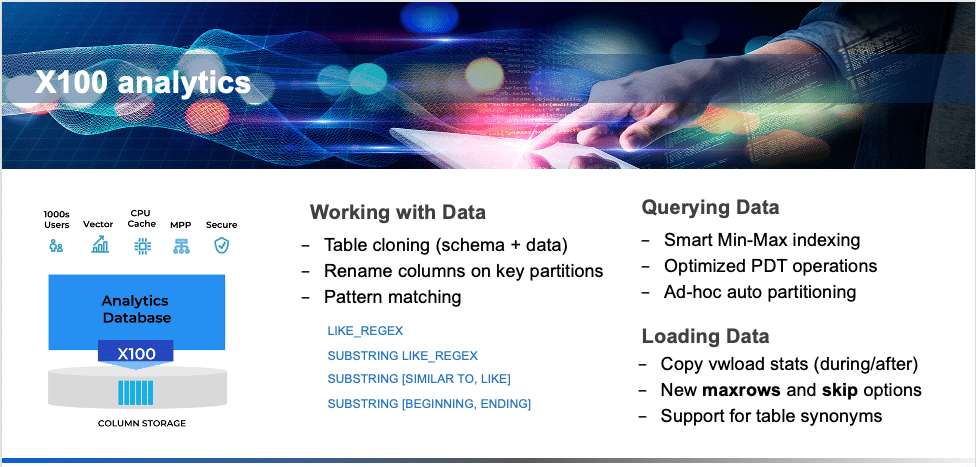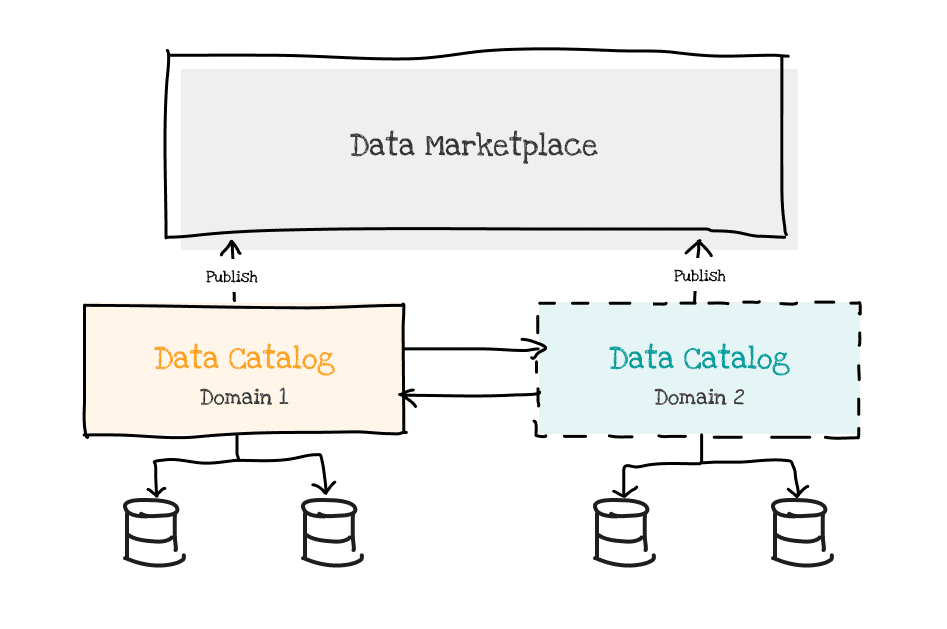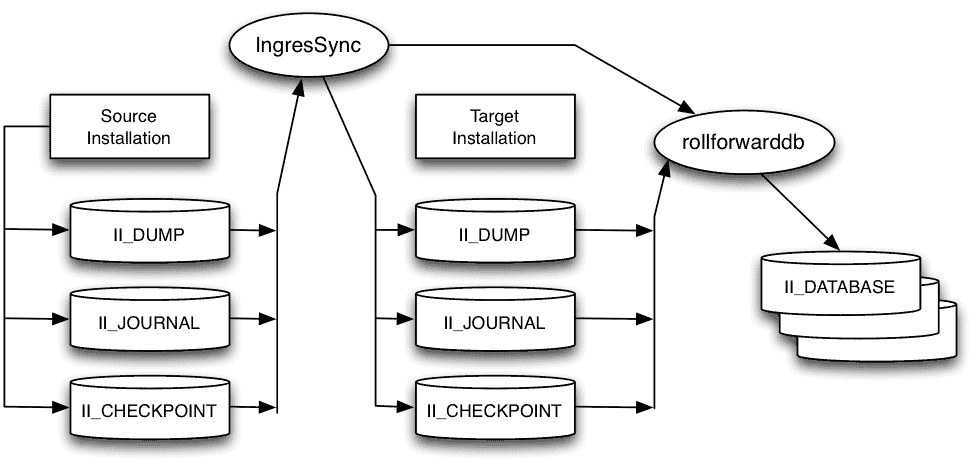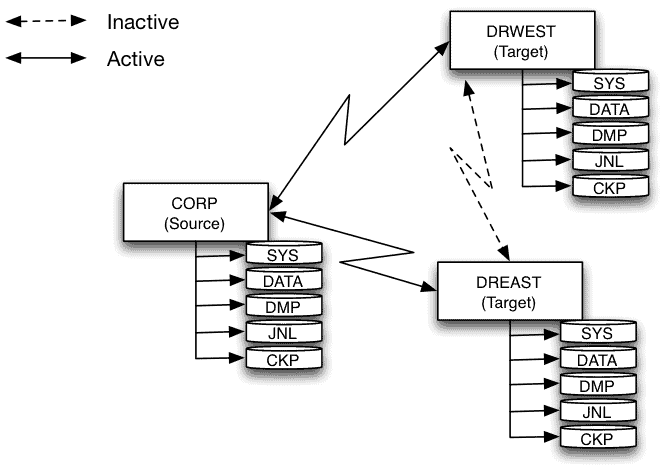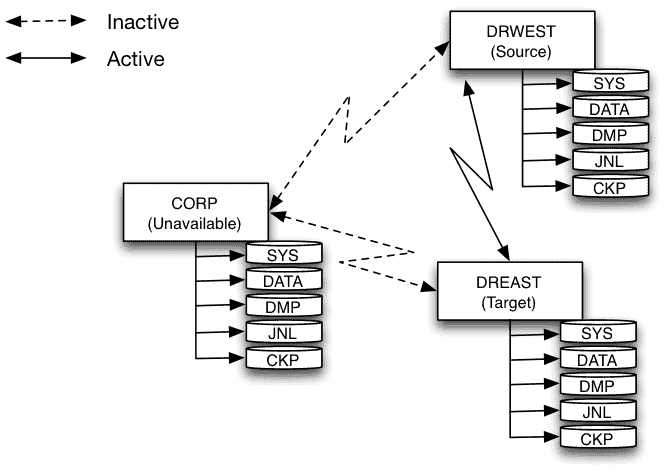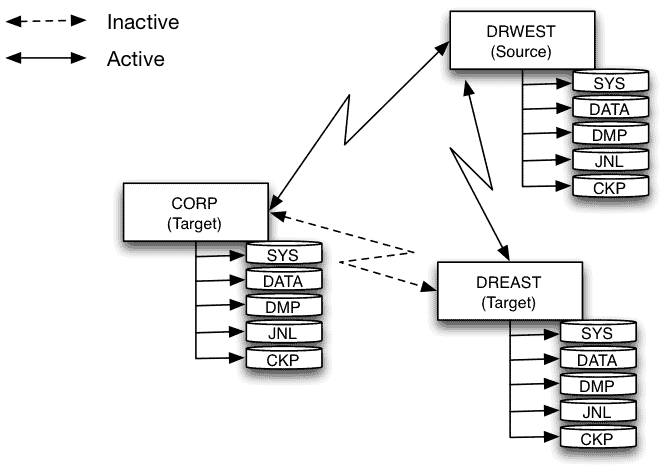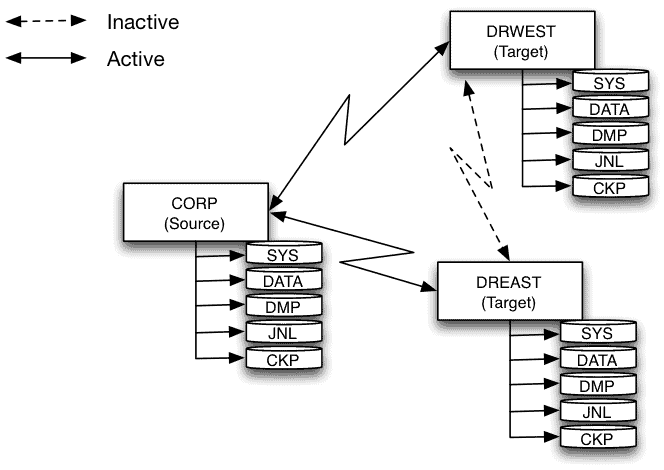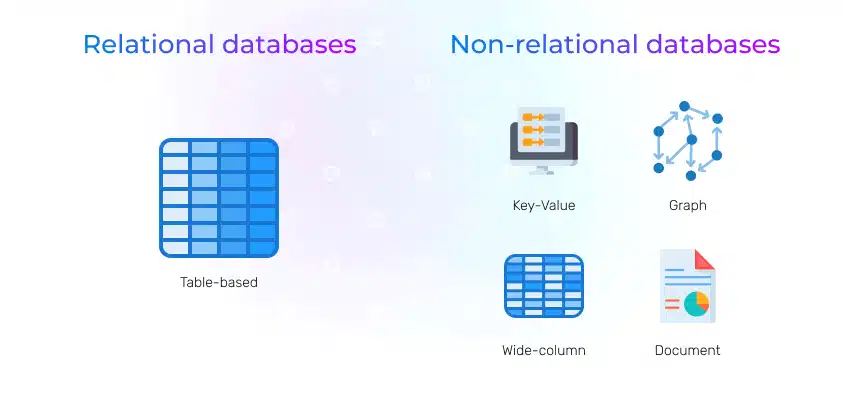Embracing Database Modernization: Future Proofing Your Business
Actian Corporation
June 12, 2024

Modernizing your database and apps to align with evolving business needs can improve efficiency, security, compliance, and user experiences while reducing costs and enhancing scalability.
Modernizing your IT infrastructure is the process of updating and even transforming your technologies, systems, and processes to better meet your current and future needs. Taking a strategic approach to modernization, including modernizing your database and apps, can deliver a range of benefits that include:
- Informed Decision-Making. The ability to integrate all relevant data for transactional processing and timely, accurate insights for better decision-making.
- Improved Efficiency. Automation, cloud computing, and advanced analytics can be leveraged to reduce operational costs and improve productivity.
- Simplified Compliance. Modern systems are typically better equipped than legacy technologies to meet compliance and regulatory requirements.
- Robust Security. Modern IT systems often offer enhanced security features and provide regular updates that protect against threats, helping ensure your data is secure.
- Easy Scalability. Modern infrastructures, especially those that are cloud-based, provide immediate scalability to handle changing workloads.
- Improved Customer Experiences. State-of-the-art IT systems support chatbots, personalized marketing, and real-time transactions for enhanced customer experiences.
- Reduced Costs. Upfront investments to modernize can be significant, but they reduce technical debt and offer longer-term savings due to efficiency, less maintenance, and reduced downtime.
A strategic approach to modernization that aligns with evolving business and IT needs helps ensure you can capture and optimize the right data and make it usable across your organization. The recently enhanced Actian Ingres can play a pivotal role in your modernization journey.
Innovation Demands Modernization
Organizations like yours must have a solid data foundation for driving innovation—and innovate at a pace that allows you to seize trends, meet shifting customer preferences, and offer breakthrough products and features before your competitors do. This requires a high-performance database that delivers trusted, rapid insights without expecting you to use a multitude of different tools.
A modern approach to your database—and your IT infrastructure as a whole—can open new opportunities, such as bringing increased levels of automation, easier system integrations, and the ability to modernize at your pace in the environment you choose, whether it’s on-premises, in the cloud, or a hybrid setting.
The problem with many legacy systems is that they can’t easily integrate with other systems, making it difficult to seamlessly share data, are not scalable to handle growing data volumes, and require IT help to add data pipelines and utilize the data. All of these issues create barriers to rapid insights and limit your ability to take a data-driven approach to innovation, decision-making, personalized customer engagement, and other business areas.
The linchpin for success ultimately comes down to your approach to data. And it’s why a modern database that supports better management and utilization of data—without ongoing IT help—is required.
Benefits of Database Modernization
A database with modern features and capabilities delivers benefits such as fast data querying, high levels of efficiency, advanced security, and seamless data manageability without requiring advanced skills. Database modernization can deliver:
- Flexible Modernization Paths. Your platform should give you the flexibility and agility to modernize according to your needs. For example, if you choose, you should be able to modernize in-place for better performance and security, or migrate data workloads to the cloud or multiple clouds to meet company mandates for a cloud-first approach to data.
- Phased Approach to the Cloud. If you want to move to the cloud, it should be at your pace, allowing you to migrate as you’re ready. This way, you can move data backup and recovery capabilities to the cloud, which is a common cloud use case, but keep other workloads on-premises until you’re ready to move them to the cloud. A phased approach supports a smooth transition with minimal disruption.
- Advanced Capabilities. Modernization entails more than upgrading technologies. It encompasses aligning technology with business priorities to enable you to reach desired outcomes faster—and have confidence in the results. A modern database with user-friendly capabilities lets you deliver new value across your organization while fostering a data-driven culture.
- Optimized User Experiences. A modern database provides fast, reliable access to data. Features such as automated scaling and easy integration with various applications, along with the ability to support complex queries and large datasets, lead to more engaging user experiences and increased productivity.
Bridging the Skills Gap
Modernization efforts simplify data access and management while reducing the time spent on manual tasks such as wrangling and prepping your data. A successful modernization approach also bridges the skills gap for analysts and other data users by making data easy to access and use. The result is more people throughout the company being able to utilize data, which helps unlock the full potential of your data.
A modern approach to building apps complements a modern database by enabling rapid app development, scalability, and integration with cloud services for increased agility and a faster path to innovation. Modernizing your database in addition to app building processes can help you better predict market changes, shorten the timeframe to market, accelerate data-driven innovation, and maintain a competitive advantage.
Actian offers a solution to deliver modern apps quickly. OpenROAD is a database-centric, object-oriented, 4GL rapid application development tool for developing and deploying mission-critical, n-tier business applications. It simplifies app modernization by letting you reuse your existing business logic, making it much easier to offer modern user interfaces.
Trusted Support for Database Modernization
Modernizing your database and applications delivers myriad benefits, yet you must take an eyes-wide-open approach. Complex interdependencies, your data infrastructure, operating systems, and hardware can pose risks when modernizing, so you must consider how they will be impacted.
Actian offers professional services tailored to modernization needs through our Ingres NeXt Initiative to transform your mission-critical Actian Ingres database and OpenROAD applications into open, extensible platforms while reducing risk and accelerating modernization. The expert support ensures a smooth modernization journey while preserving existing investments.
Subscribe to the Actian Blog
Subscribe to Actian’s blog to get data insights delivered right to you.
- Stay in the know – Get the latest in data analytics pushed directly to your inbox.
- Never miss a post – You’ll receive automatic email updates to let you know when new posts are live.
- It’s all up to you – Change your delivery preferences to suit your needs.
Subscribe
(i.e. sales@..., support@...)



